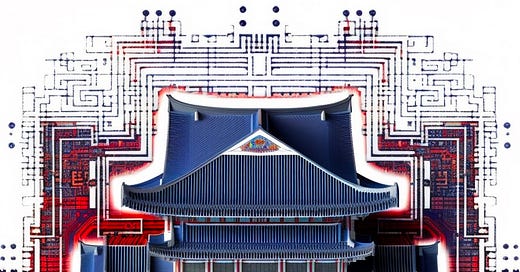South Korea’s Semiconductor Funds Highlight a Partisan Battle
South Korea’s Semiconductor Funds Highlight a Partisan Battle
The Diplomat kindly published an article by me and Joon Kang, where we analyze how South Korea’s semiconductor incentives reflect the country’s internal political divisions. Here is an excerpt, and the full piece is available here.
For more of Chip Capitols’ coverage on South Korea, see here. We will be ending our summer hiatus next week with an article on French semiconductor research institutions and what they reflect about European technological sovereignty.
South Korea’s Semiconductor Funds Highlight a Partisan Battle
Should chip funds go to chaebols or underdogs? In South Korea, the question has taken on partisan undertones.
South Korea is the quintessential East Asian tiger economy. It launched itself from the humble packaging of computer chips in the 1960s and 1970s, to the domestic design and manufacture of memory chips in the 1990s, to cornering the global market – alongside Taiwan – for the most advanced chips today.
South Korea owes this meteoric rise in no small part to government support, and Korean chip policies reveal one of the country’s most deep-seated partisan divides: left-wing distaste for and right-wing attachment to chaebols. These large, family-run industrial conglomerates account for nearly 60 percent of the South Korean economy and hold immense sway in Korean society. Whether to divert government chip funds to startups or nontraditional areas is not only technically challenging but also a partisan third rail.
South Korea’s Chipmaking Industry
Most foreign observers only recall one top-line fact about South Korea’s semiconductor industry: that all of the world’s most advanced logic chip manufacturing capacity is located in South Korea and Taiwan. This oversimplification conceals supply chain weaknesses of great concern to South Korean policymakers.
South Korea’s semiconductor industry first made a name for itself through memory chips. Korea manufactures a staggering 44 percent of these chips that computers use for internal storage. Since then, the country has advanced in other chip segments as well. Notably, South Korea accounts for 8 percent of global sub-10 nanometer (the most advanced) logic chipmaking, with only Taiwan competing with South Korea in that space.
To read the rest of this article, check out The Diplomat.






